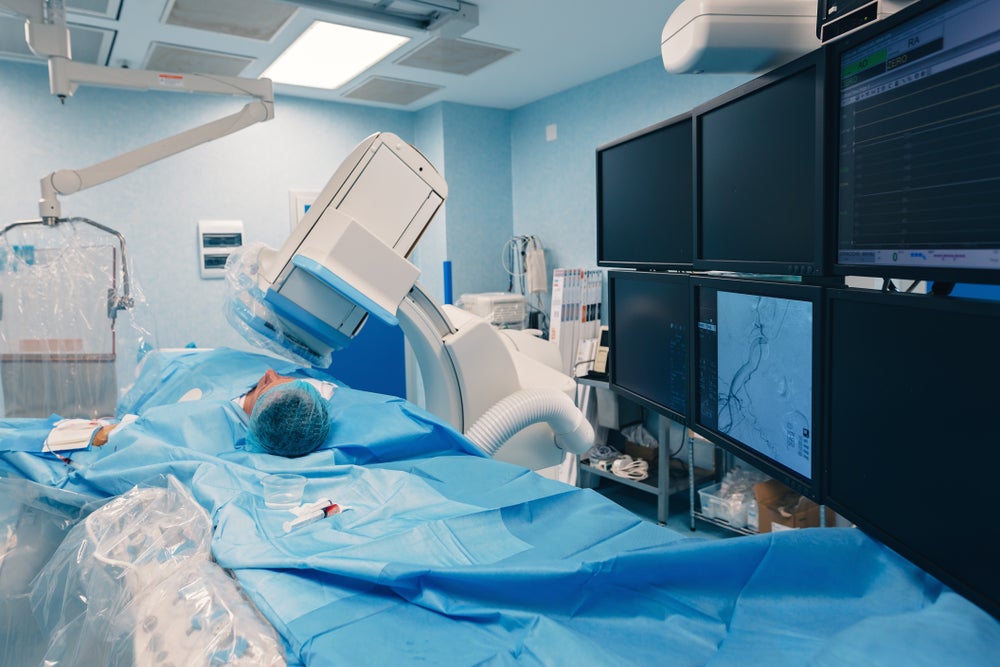
The worldwide financial crisis has caused many industries to adjust their financial projections and outlook for the next several years. Meanwhile, as governments scramble to create stabilities in their respective markets through new regulations and protectionist laws, consumers and small businesses are decreasing their confidence level in their abilities to succeed.
The healthcare industry is not immune to the continuing global financial pressures, but despite these financial challenges, there is still confidence in the medical technology markets. Venture capital and equity investments remain strong for medical technologies and investors are seeing significant returns.
However, the medical device industry will face new and increased regulatory challenges throughout the US, Asia Pacific and European markets. As governments look for cost-containment strategies to control spending, some extreme measures are being proposed that could adversely affect patient access to quality care.
Coinciding with these reimbursement challenges, developers are growing concerned about the adequate protection of intellectual property in certain foreign markets.
Potential legislative and regulatory changes globally could have a lasting impact on device manufacturers in the years to come. As global markets become more intertwined and medical technology manufacturers expand into other markets, they are likely to face a cornucopia of regulatory and legislative impediments that may actually slow the commercialisation process and deter further innovation. Most will be focused on two of the broader regulatory challenges manufacturers will face: reimbursement for medical technologies and the protection of intellectual property.
See Also:
Reimbursement of medical technologies
How well do you really know your competitors?
Access the most comprehensive Company Profiles on the market, powered by GlobalData. Save hours of research. Gain competitive edge.

Thank you!
Your download email will arrive shortly
Not ready to buy yet? Download a free sample
We are confident about the unique quality of our Company Profiles. However, we want you to make the most beneficial decision for your business, so we offer a free sample that you can download by submitting the below form
By GlobalDataA key segment of the medical technology commercialisation process is acquiring timely and adequate reimbursement for your product. In a global marketplace, this means adhering to competing and often different standards necessary to gain coverage from both private and public payers of healthcare. One mechanism increasingly being used to control costs and determine whether a product will receive reimbursement is comparative effectiveness research. In short, comparative effectiveness research compares the evidentiary outcomes of competing medical therapies. At the heart of the issue is whether technology or drug 'A' is more effective than technology or drug 'B'.
While looking purely at clinical outcomes is preferred, adding cost into the analysis has proven to be a controversial aspect of the methodology. In nations with a substantial portion of health costs being covered by private insurers, cost considerations have become the norm through the process of technology assessments. However, it has become seemingly more controversial to inject cost considerations in to coverage determinations made by public payers of healthcare.
Comparative care
Government-financed health systems walk a delicate line between wanting to appear to adopt new, innovative technologies and having to control costs in a seemingly smaller pie of public resources. In many industrialised nations, comparative effectiveness research has become a standardised process of reviewing and adopting new drug and medical technologies. For instance, in Europe, prior to 1993, most countries did not formally require evidence-based outcome determinations in coverage decisions.
However, as healthcare expenditures became a larger slice of the pie, most nations adopted some aspect of comparative effectiveness research. At present, most have a fully-established comparative effectiveness component of coverage determinations or are developing such. In the US, comparative effectiveness research is increasingly being discussed as a method to control Federal healthcare costs. However, the comparative effectiveness model used in other countries may have difficulty in the US healthcare system. One unique aspect in the US is the strong emphasis placed on the patient-physician relationship.
Many believe that this relationship, where the physician will often recommend a product regardless of price consideration, would be threatened if costs were actually to be considered. For instance, Medicare, the Federal health insurance system for senior citizens, essentially prohibits costs to be considered in most coverage decisions. This limitation is premised upon the patient-physician aspect and the programme strives to ensure patients have reasonable access to new, innovative technologies.
While comparative effectiveness research may be a solution for some healthcare systems, especially single-payer systems, the model may have difficulty working in others. Moreover, the potential consequence is reduced access to new, innovative medical technologies. This in turn may deter some manufacturers to further innovate.
Intellectual property protection
Despite reimbursement challenges, there is still a healthy level of innovation in the medical technology industry. Coinciding with this innovation is an increased importance of the protection of intellectual property rights. For small and large medical technology companies, the greatest threat to the protection of patents is coming from emerging markets, especially those in India and China. It is increasingly common for commercialised medical technologies to be replicated in these emerging markets with complete disregard to existing patent protections.
Moreover, the lack of assurance that intellectual property will be protected in these markets is influencing some manufacturers to limit the development of innovative technologies. The resulting effects will likely result in fewer choices of technologies for patients.
While ensuring intellectual property protection in emerging markets has become a top priority for medical technology companies, possible restructuring of patent laws in different countries is also a concern. In the US, for example, a widely fought battle is taking place as legislative proposals seek to reform existing patent laws. Many concerns within the debate, such as increasing the speed of patent reviews and reducing the application backlog, are widely agreed upon.
However, a few contentious proposals will threaten the ability of medical technology manufacturers, and others, to ensure that their intellectual property is protected from both foreign and domestic infringers. A lynchpin debate is over how damages are to be calculated in cases of patent infringement. One side, made up prominently of large technology corporations who often aggregate existing technologies into their products, believe that the current methodology of how damages are calculated is flawed and needs to be restructured. They believe that damage awards for patent infringement are too excessive.
The other side, collectively representing a diverse group of industries, education and labour groups, including most medical technology manufacturers, believe that existing law and court precedent tempers any belief that damage awards are too excessive. Further, they claim that the large technology advocates simply want reduced damages so it becomes easier and cheaper to infringe on existing technologies when they aggregate them into their own products.
The latest patent proposal in Congress, which favoured the large technology manufacturers, was stalled due to the collective efforts of many like-minded innovation-focused industries, including the medical technology industry. The proposal would have simply awarded damages in infringement cases based on the 'incremental value' of the new technology.
In other words, if an innovator develops an improvement for an existing technology, and that technology changes the complete efficacy of the existing technology, damages would only be awarded upon the 'value' of the improvement, and not the total value of the complete technology.
This potential change of law is extremely important to medical technology innovators, as a significant aspect of the industry is based upon making iterative improvements to existing technologies. More importantly, this debate demonstrates the need to ensure that all intellectual property is protected from both foreign and domestic infringers.
Innovation fights back
Medical technology manufacturers face a stricter and more challenging regulatory environment than ever before. Their challenges are no longer simply limited to the comfort of their own borders. Instead, they are in a global marketplace where they will have to adhere to a patchwork of different legislative and regulatory requirements in order to successfully commercialise in that country.
Despite these regulatory concerns and a challenging global financial environment, innovation seems set to continue. Ensuring intellectual property protection and adequate reimbursement are two critical areas where companies will need to dedicate appropriate resources. In a changing and globalised industry, it is essential to be aware of these issues and stay ahead of the curve.







